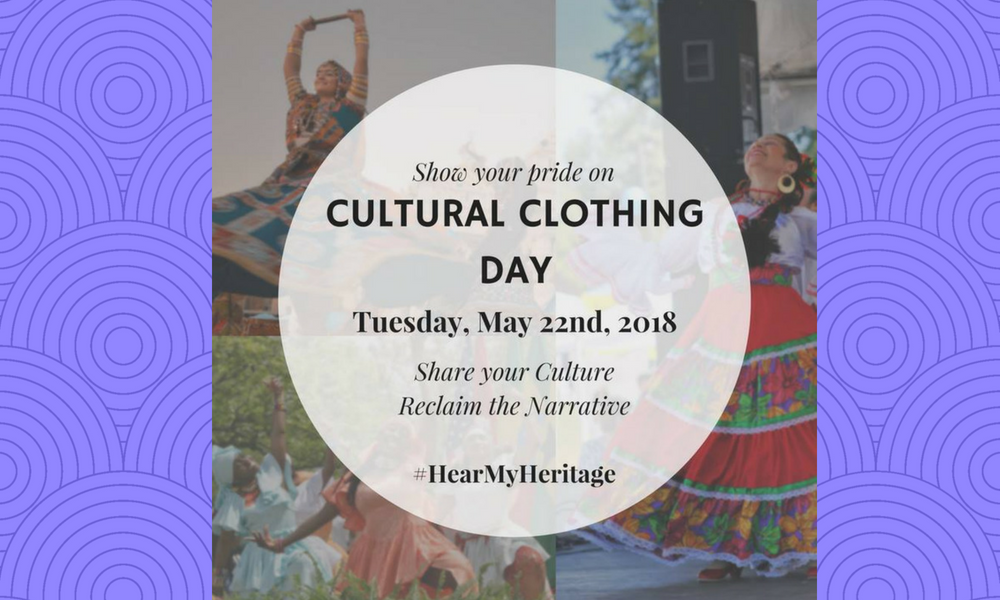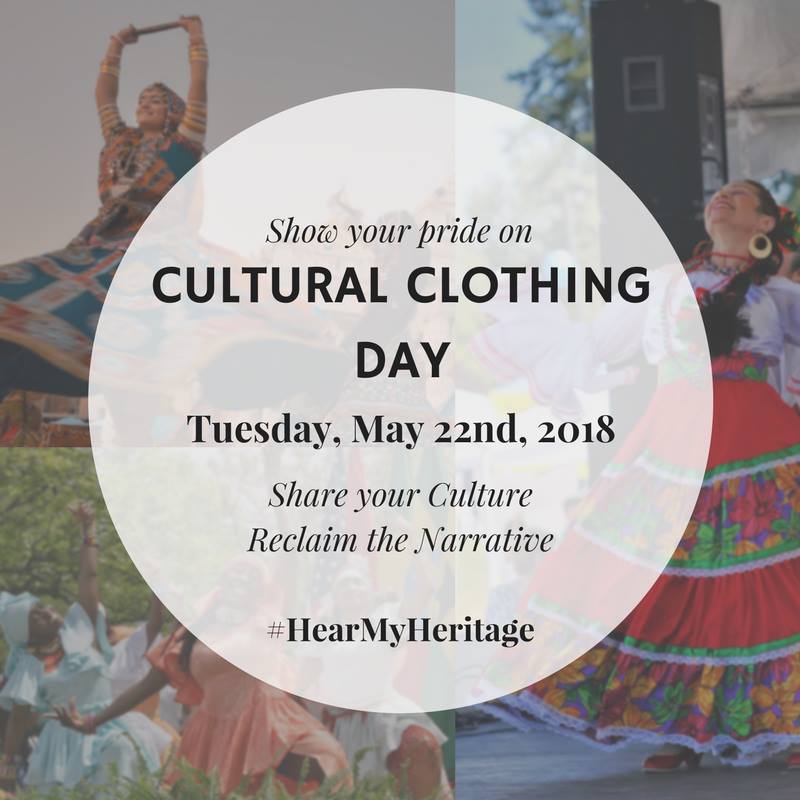
by Sean Dao – Follow @browngirlmag
This post was originally posted on Sean Dao’s Medium and republished with permission.
As we become further removed from our countries of origin, it is inevitable that our cultures will blend with the dominant culture. However, with cultural blending, comes the fear of cultural appropriation and the fear of losing the reasons and history behind our practices.
For many people of color, our culture is fundamental to our personal identity, and we don’t want to lose it to the passage of time or have it stripped away by the dominant culture. Although our clothes are one aspect of our heritage, they are one we rarely feel safe wearing outside of our communities.
On May 22, we can show up and show our pride in our heritage. Wearing our clothes is an act of resistance in and of itself. While no one should feel obligated to educate others on their culture, this day can provide a space to share our stories — unfiltered, raw and real — about our culture, heritage, and how it has impacted our lived experiences.
[Read Related: Falu Shah Releases an Indian Children’s Album to Bridge the Gap Between Two Generations and Cultures]
Through our pride and stories, we can create a library of narratives that we can all control, contribute to, and learn from. By doing this, we can facilitate cultural blending — but in a way where our heritage is respected and acknowledged.
In response to being “othered” for our culture, we need to reclaim the narrative. I propose that, on May 22, we:
1. Wear our cultural clothing proudly in public
2. If comfortable, share our stories
I’ve been told for years that my culture was weird, unwelcome and foreign. I do not even consider myself an expert on my heritage. However, that does not change the fact that I am Vietnamese, and that I am American. I live as an intersection of two cultures, and I am proud of both. I bring my own unique knowledge and experiences as a Vietnamese American that no one else has.
In the words of Paul Kizah:
“When faced with the need to intervene, speak up, or take action … we become tentative and uncertain, filled with questions and concerns, waiting for someone else more qualified to step up.”
We all have our own unique experiences, and our goal is to create a safe space to celebrate our culture and experiences. If we show up united as people of color, we can change the direction of cultural blending and create something that is truly unique and beautiful in this country. We can begin to create a world where we are not judged by our culture.
[Read Related: Torn Between Two Cultures: How I Found My Voice in Guatemala]
By wearing our cultural clothing on this day, we can combat the misrepresentation of our identities and reclaim the narrative. It is time for people to hear our heritage.
On May 22nd, share your pictures and stories using the hashtag #HearMyHeritage

If you have any questions please reach out to HearMyHeritage@gmail.com




